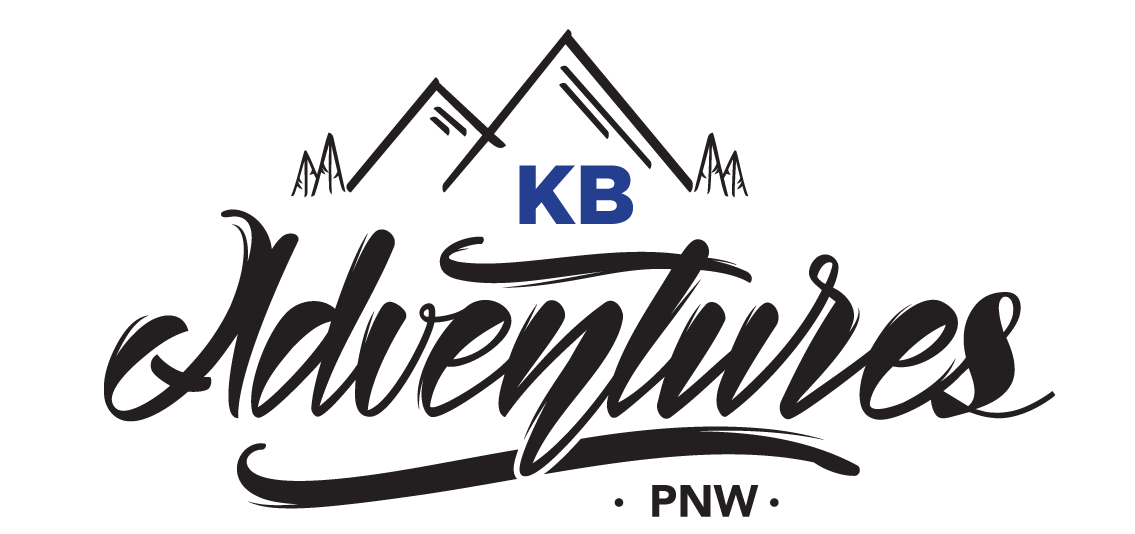
Elk Lake Swims
December 13, 2021
Winter Adventures at Suttle Lake
January 28, 2022Including Free Sno Parks, Secret Spots in Government Camp, Nightime Cosmic Tubing, and More
Oregonians love their outdoor activities, and the changing of seasons is just an excuse to drag out the accompanying gear and head outside for fun. As the snow starts to fall in the mountains, sledding and tubing can be an exhilarating (and often free) outdoor winter activity that the whole family can enjoy.
Only an hours drive east of Portland, Oregon is Mount Hood, the fourth tallest mountain in the Cascades volcanic mountain range which provides plenty of powder throughout the winter for all types of outdoor recreational activities.
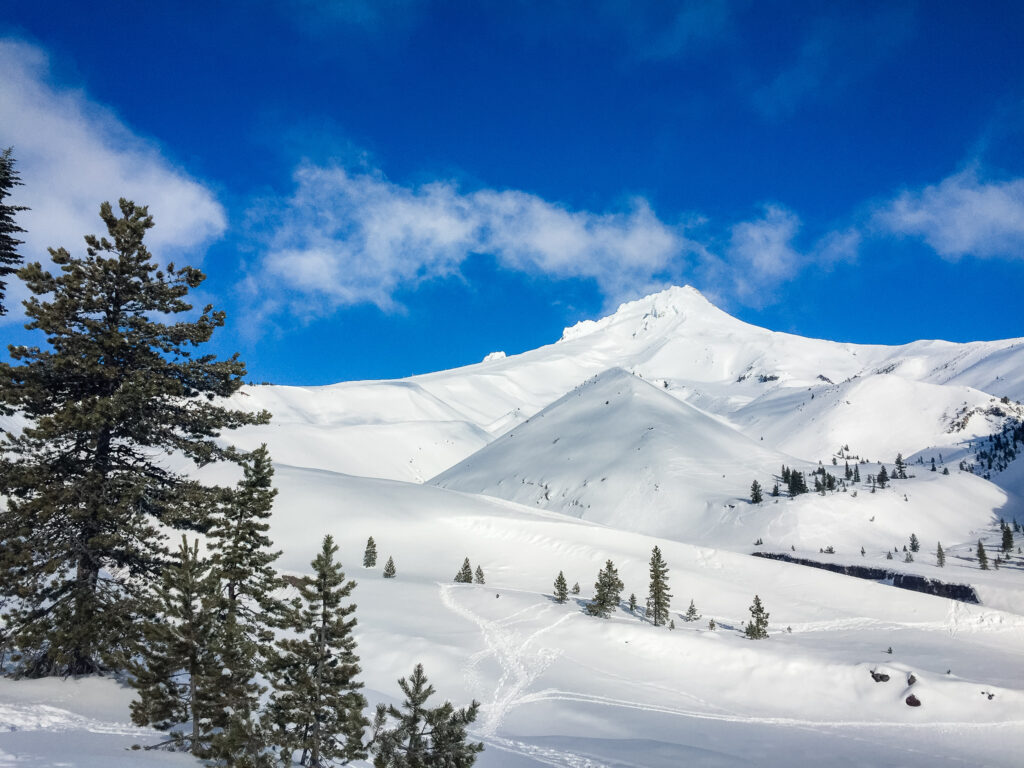
You can approach the mountain from one of two routes - Portland east to Hood River and then head south via Hwy 35 or Portland east to Sandy via Hwy 26.
If you can do so, try to visit the mountain during off-peak times in order to avoid the worst of the crowds. Arrive early on weekends (before 9am) in order to snag a parking space at one of the sno-parks, or even better, visit during the week. Many locals can tell you their horror stories of being stuck for hours in traffic congestion on Hwy 26 going up the mountain on a Saturday morning and trying to come home on a Sunday afternoon. Hwy 35 through Hood River can sometimes provide an easier and less congested route during peak times.
Free Sno-Parks
Some of the best tubing and sledding spots on Mt Hood are FREE as long as you have your annual Sno-Park Permit (November 1 through April 30 - $25). You can purchase one at most of the local outdoor stores around the mountain, or buy and print one online from the DMV's website.
With nearly two dozen sno-parks (state-run designated winter recreation parking areas) around Oregon’s iconic mountain, you will surely find plenty of amazing sledding and tubing areas to meet your needs.
Little John Sno-Park
Going clockwise around the mountain from Hood River, Little John is 30 miles south of Hood River via Hwy 35 on your left. There is a vault toilet and a warming hut, complete with a fire pit, for thawing off between runs. Bring your own sliding discs and inner tubes (no sleds allowed) and be prepared to trek up to the top of the hill for each run. This is the lowest elevation sno-park for tubing so there may not be enough snow here depending on the time of year. You can check the forest service page for updated conditions.
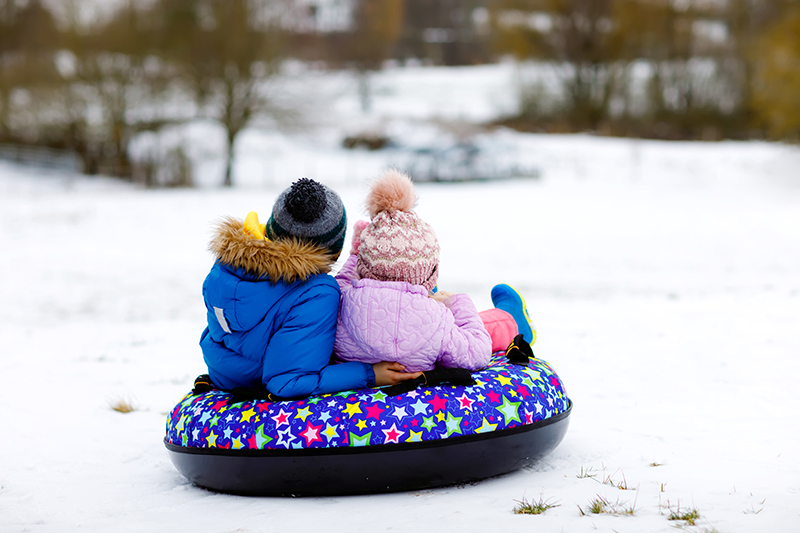
White River West Sno-Park
This is our favorite sno-park on Mt Hood because on a clear day you will find some of the best wide-open views of the mountain.
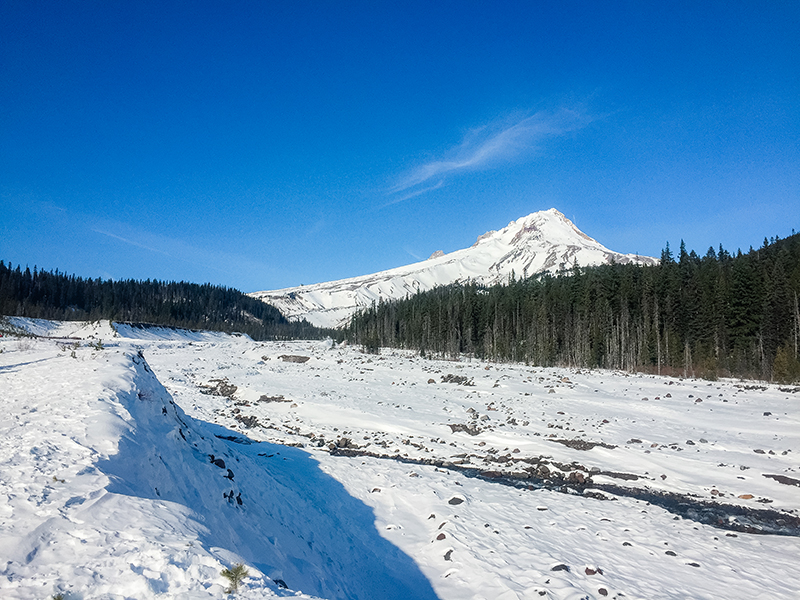
This sno-park is an excellent launch pad for all sort of amazing winter activities. Located 4 miles north of Hwy 26, White River West has a huge parking lot (200 or so spots) so on a busy weekend you will still likely find a spot, unlike some of the other smaller sno-parks on the mountain. In addition to ample parking, there are two pit toilets that are usually in fair condition.
Once you park, head towards the northwest corner of the parking lot (or walk towards the mountain) and you’ll see trails carved into the snow and ice which get you up and over the large snow berm created by snow plows. The last time we went I wore micro-spikes on my snow boots because the parking lot trail was steep and icy.
Once you get up above the parking lot, look west and you’ll see a road/trail leading up the hill, and there are usually families sledding down the slope to your left. White River flows down the mountain on your right. Continue west uphill past the sledders and you will quickly find solitude and access to more mountain trails for snowshoeing and backcountry skiing. Aside from the epic views of Mt. Hood, one of the best things about this sno-park is that it is wide open and therefore easy to navigate even in the winter.
This parking lot is big enough for trailers, so you’ll often campers of various sizes in the parking lot overnight. Families and groups can be found huddled around propane fire pits, drinking hot chocolate and generally tailgating throughout the day.
Check for the most updated conditions at the Forest Service web page.
Snow Bunny Sno-Park
This sledding area used to require you rent their tubes but in the past several years they have closed the rental hut and allowed personal sledding devices. You must have a Sno-Park Permit to park in the medium-size lot (100 or so spaces) but otherwise it’s free. There is a pit toilet on site. This area is smaller than some of other popular sledding spots, so it’s good for families with younger children. The runs are cleared and maintained by Summit Ski Area so it's generally safer than backcountry forest runs.
Snow Bunny is located on the north side of Hwy 26 across from the Trillium Lake parking area.
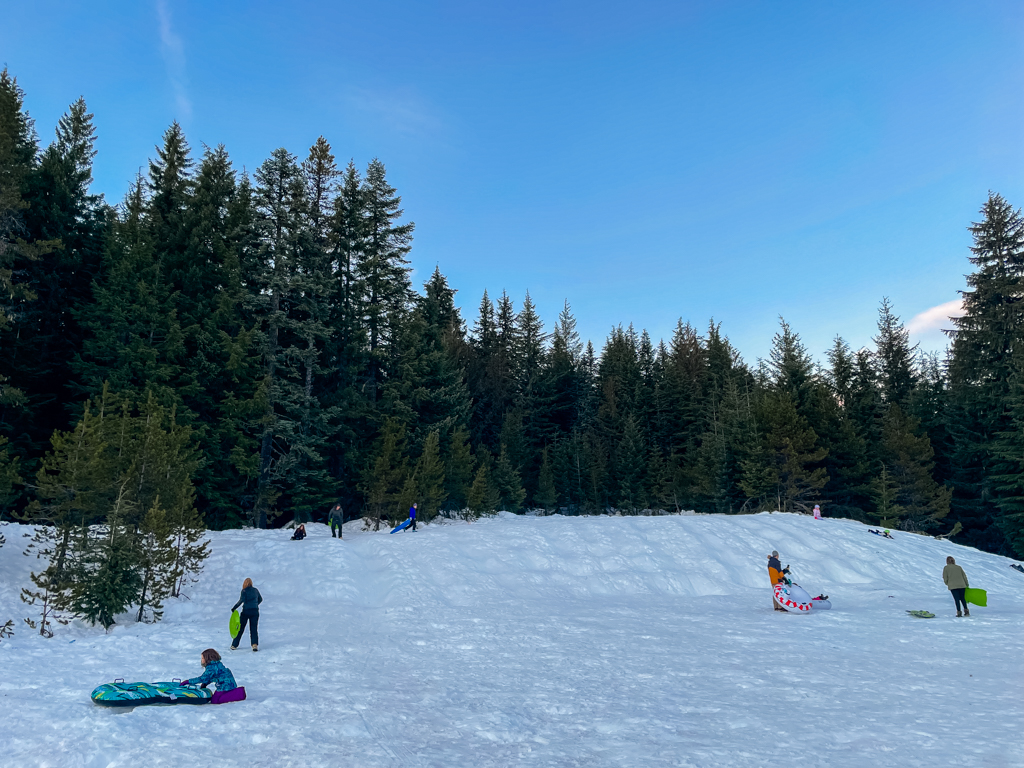
Mt Hood Skibowl
And finally, for an epic tubing adventure you should definitely check out Mt Hood Skibowl, located just south of Government Camp (follow signs from downtown Govy). You’ll need to make a reservation ahead of time and pay $25 per kid, $35 per adult but the price is worth the well-groomed slopes and the step-on conveyor belt that whisks you to the top of the large hill. Rides down are fast and breathtaking, and require front-facing rides on your belly at all times You’ll find restrooms and concessions at the top. For a party-like vibe be sure to visit at night for Cosmic Tubing - so much fun with music playing and neon lights strobing!
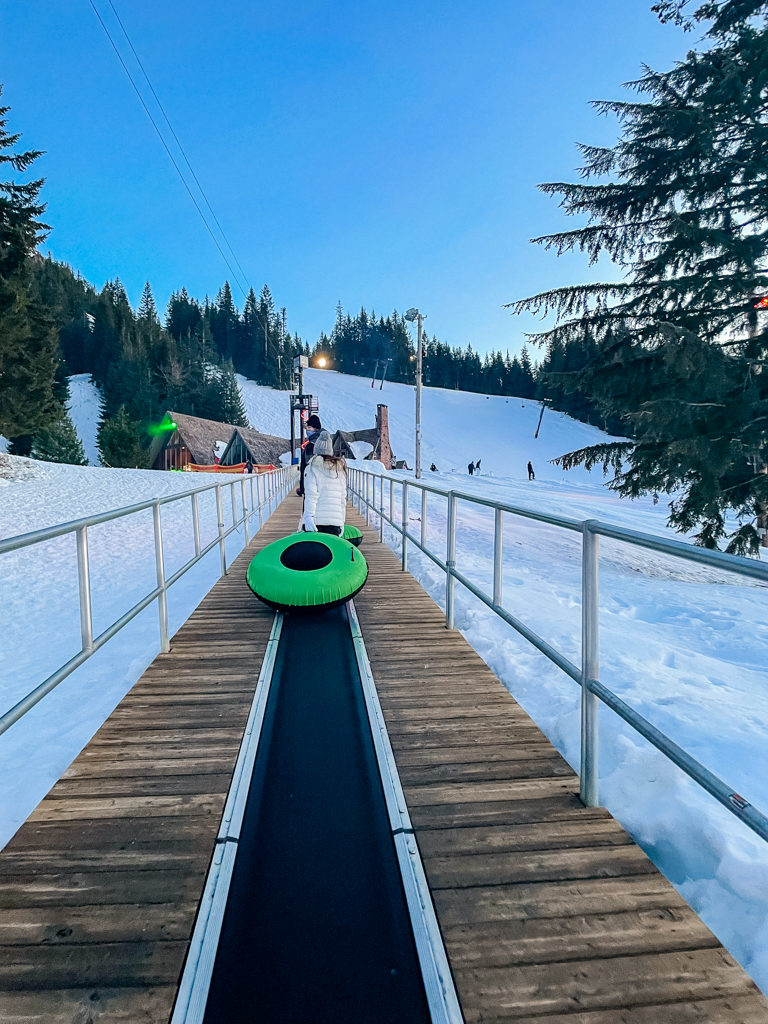
Before You Go
Sno-Park Permits: Most parking areas on Mt Hood require a Sno-Park Permit, available in daily, 3-day, and annual increments. Pick one up at one of the many local outdoor stores in Hood River, Sandy, Zig Zag and Rhodedendron. You can also print your own from the DMV's website.
Road Conditions: Always check the road conditions before you head out - Mt Hood can get snowy and stormy very fast! We always check the Oregon Department of Transportation (ODOT) TripCheck website before going anywhere in the winter: TripCheck. Chains or traction tires are usually required on Mt Hood during winter months.
Winter Safety Kit: In addition to chains, leave room in your trunk for a winter safety kit in case you get stranded and need to spend a few days in your car.
At the beginning of the winter season we always pack up this waterproof Petzl backpack with our car trunk winter gear and we keep it handy next to our snow gear (skis, snowshoes, etc) so as to make it easy to grab on our way out for an adventure.
Your kit should include a first aid kit, extra warm clothing (gloves, beanies, coats and pants), a small stove and fuel, flashlight, foldable shovel and food and water. We put a folded wool Pendleton blanket inside, but an extra sleeping bag would work as well. Also inside are these Kahtoola microspikes for walking on ice, HotHands handwarmers, and anything else you think might be helpful if you’re stranded in wintry conditions.
